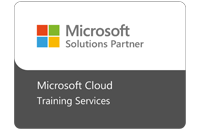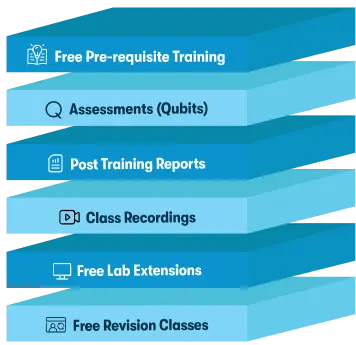We're open through the holidays to support your upskilling goals — book your session today!
We're open through the holidays to support your upskilling goals — book your session today!
Unable to find what you're searching for?
We're here to help you find it


SC-5001: Configure SIEM Security Operations Using Microsoft Sentinel Course Overview
The SC-5001 certification pertains to configuring SIEM (Security Information and Event Management) operations using Microsoft Sentinel. This certification represents expertise in using Microsoft’s cloud-native SIEM solution to collect, detect, investigate, and respond to security threats across an organization’s IT environment. It is valuable for security operations professionals who need to implement and manage Sentinel to safeguard enterprise systems. By obtaining this certification, individuals demonstrate their skills in leveraging Sentinel for Real-time analysis, maintaining security data, Creating alerts, and orchestrating threat responses. Industries use it to ensure their security teams are proficient in using advanced tools to protect their infrastructure from cyber threats.
Purchase This Course
USD
View Fees Breakdown
| Course Fee | 850 |
|
Total Fees |
850 (USD) |
USD
View Fees Breakdown
| Course Fee | 650 |
|
Total Fees |
650 (USD) |
USD
View Fees Breakdown
| Flexi Video | 16,449 |
| Official E-coursebook | |
| Exam Voucher (optional) | |
| Hands-On-Labs2 | 4,159 |
| + GST 18% | 4,259 |
|
Total Fees (without exam & Labs) |
22,359 (INR) |
|
Total Fees (with Labs) |
28,359 (INR) |
Select Time
Select Date
| Day | Time |
|---|---|
|
to
|
to |
♱ Excluding VAT/GST
You can request classroom training in any city on any date by Requesting More Information
Inclusions in Koenig's Learning Stack may vary as per policies of OEMs
Scroll to view more course dates
You can request classroom training in any city on any date by Requesting More Information
♱ Excluding VAT/GST
*Inclusions in Koenig's Learning Stack may vary as per policies of OEMs
SC-5001: Configure SIEM Security Operations Using Microsoft Sentinel
SC-5001: Configure SIEM Security Operations Using Microsoft Sentinel
Suggestion submitted successfully.
Koenig Learning Stack
Inclusions in Koenig's Learning Stack may vary as per policies of OEMs



